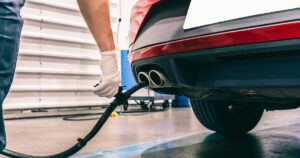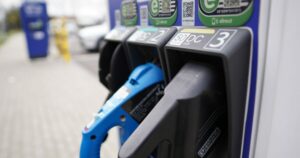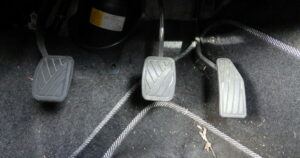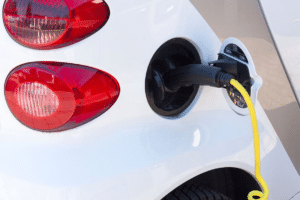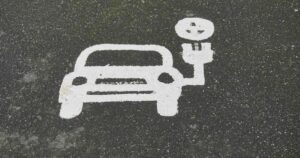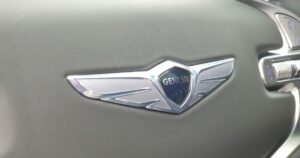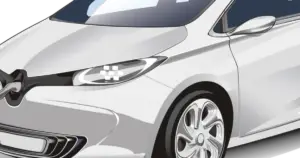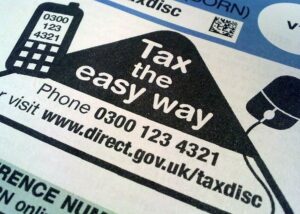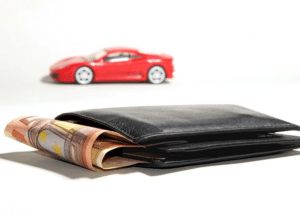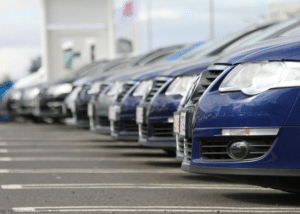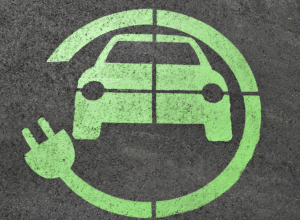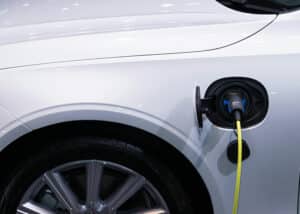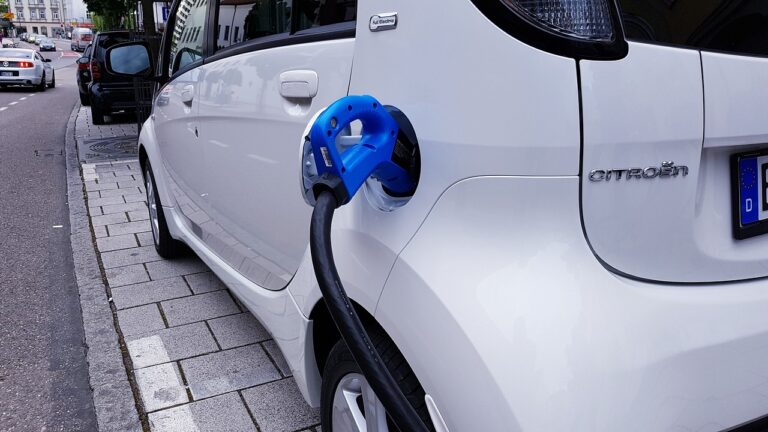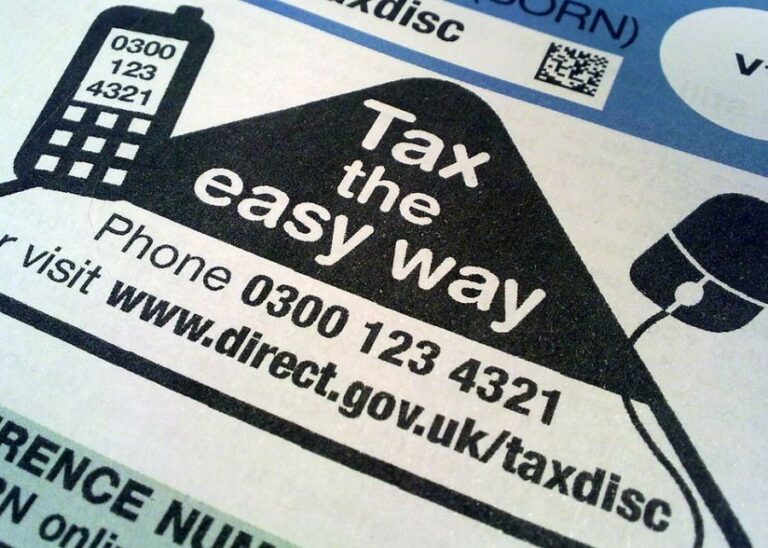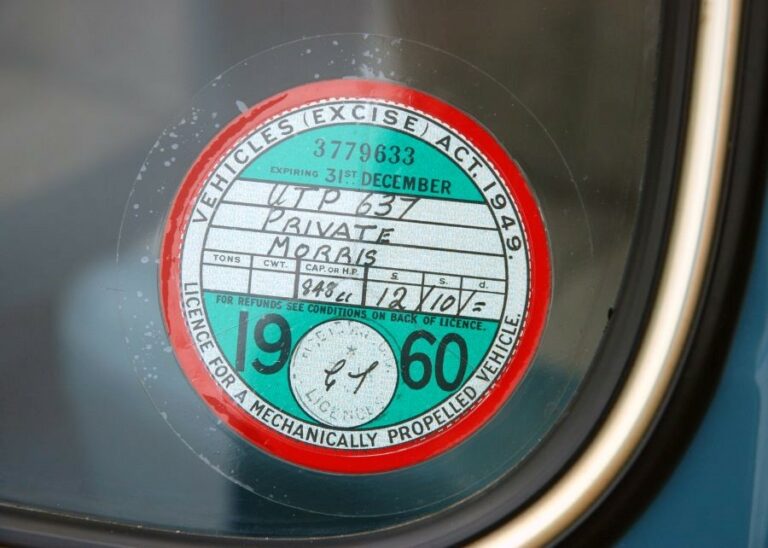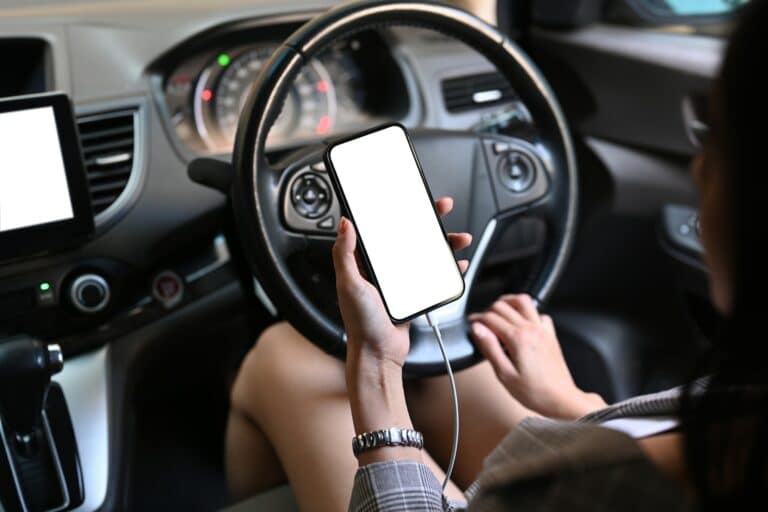Do you know the laws relating to tyres? You don’t need us to tell you how important it is to maintain the condition of your tyres. They’re your responsibility and these are the laws around maintaining the tyres that you need to be aware of.
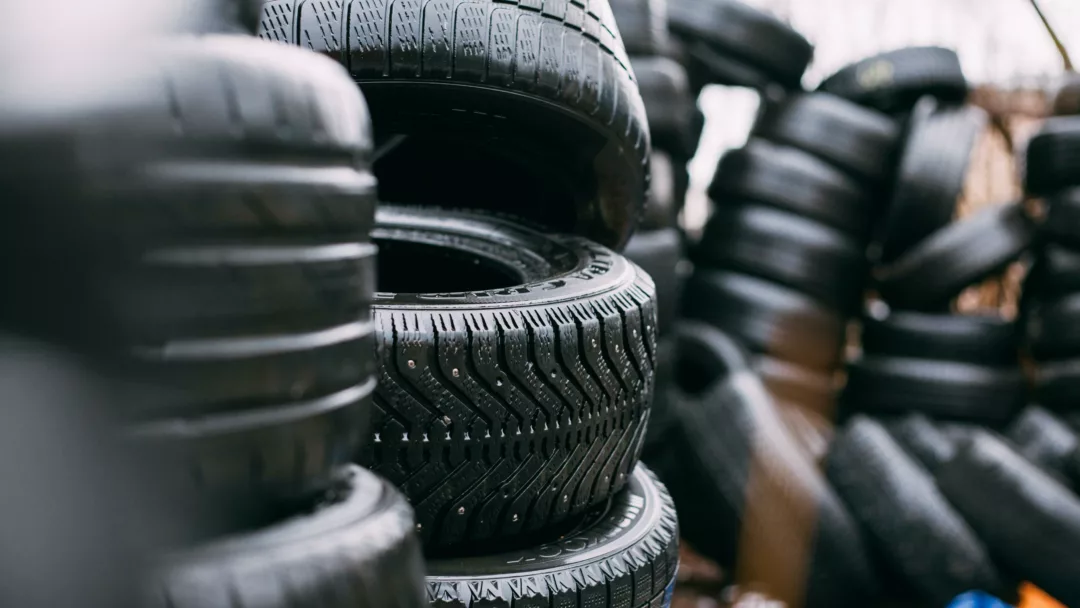
Tread carefully
This may or may not be news to you, but the minimum legal tread depth is 1.6mm. This is measured from the central three-quarters of the breadth of the tyre and around the circumference. The depth of your tyres is important for yourself, your passengers and others on the road.
According to the law, any tyre that does not meet this minimum of 1.6mm, is unsafe. If you’re caught driving with a tyre depth under this minimum you could receive a hefty fine and some points on your licence per tyre that is under the limit.
Although this is the legal minimum, it’s often recommended that you have at least 3mm of tread on each tyre. Your car’s performance is heavily reliant on the performance of your tyres. If the tread depth on your tyre is not right, it can make driving more difficult, and increase your risk of losing control of your vehicle.
To make sure that nothing like this happens, it’s often recommended that you have at least 3mm of tread on each tyre. Once your tread wears down below 3mm, this can affect things like your stopping distances etc. For example, in wet weather, your tyres take on an extra car length to stop if you’re going at 50mph compared to tyres with 3mm of the tread. It’s all about the grip, especially in wet and icy road conditions.
Have you heard of the 20p test? You can check the depth of your tyres with a 20p. It sounds crazy but all you need to do is put a 20p coin into the grooves of your tyre. This is the 20p test that helps you to see whether your tread depth is above the legal limit. The outer rim of the coin is just under 3mm wide. So long as the rim is hidden when you insert it in your tyre, then you’ve won. Your tyre is above the legal tread limit!
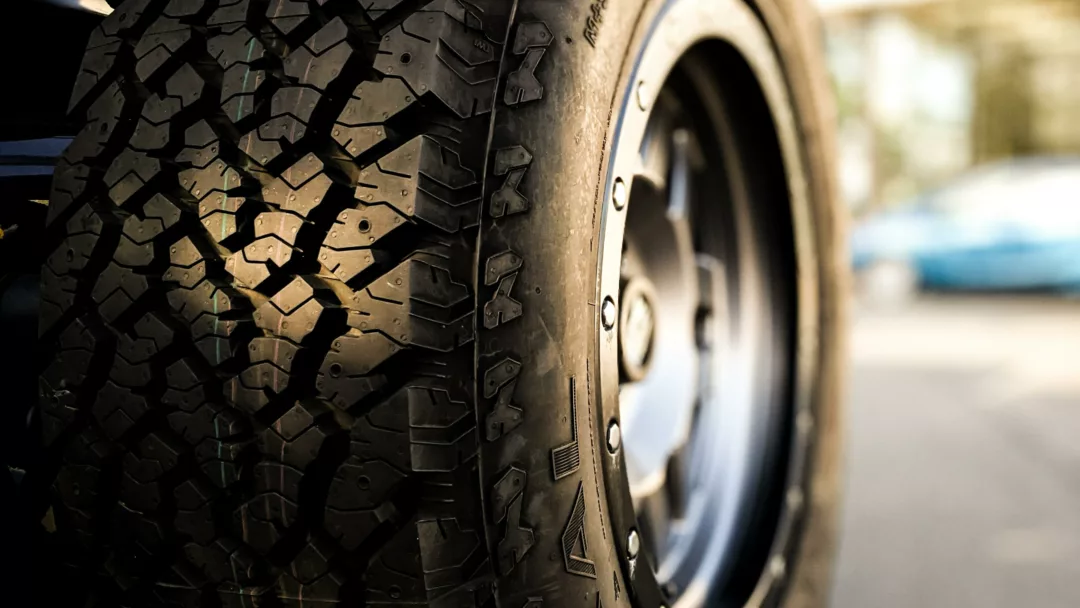
Tyre pressure
Your tyres need to be inflated to the correct pressure. You’ll be able to find out what your tyres correct pressure is by checking out your manufacturer’s recommendations.
Checking your tyre pressure is important for three reasons:
- Safety: under-inflated tyres can overheat and potentially lead to poor handling of your vehicle too.
- Economy: it doesn’t matter if your tyres are under or over-inflated, they can wear out unevenly.
- Environment: if you have the incorrect tyre pressure, this can lead to increased fuel usage and no one wants that. Increased fuel usage, means more CO2 emissions.
To find the correct tyre pressure for your car, you just need to check your vehicle handbook. Once you have this, you’ll then be able to check each of your tyres by using a tyre pressure gauge. A gauge is a special piece of equipment that will come in handy for helping you inflate or deflate your tyres.
The pressure in your tyre helps to divide the weight of your vehicle evenly so that your tyre is at its most stable. By maintaining the correct tyre pressure on your vehicle’s tyres, your vehicle will be safer and more comfortable. So long as you’re checking your tyre pressure regularly, you should be good at complying with the law and the correct tyre pressure.
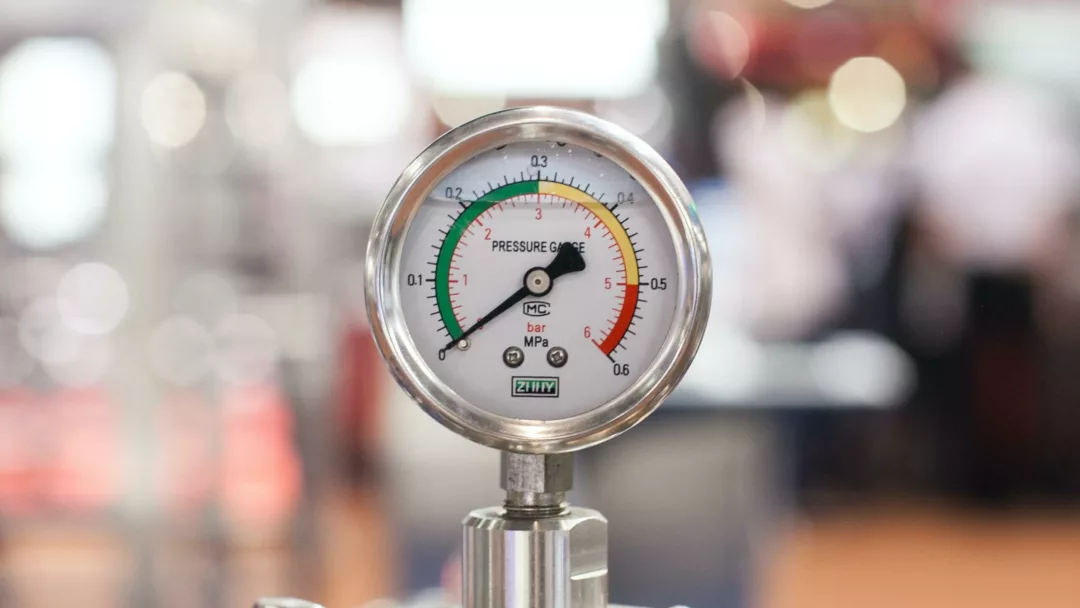
Condition of your tyres
The law is simple when it comes to the condition of your vehicle’s tyres. It states that there should be no visual damage to your tyres. If you’re checking your tyres regularly, making sure that there are no signs of extreme wear and tear, as well as any cuts and bulges, you should be good.
It’s all about making sure that your vehicle is safe and ready to go on the road. This will help you to avoid any fines or penalty points on your licence, everyone’s a winner. If you inspect your tyres and you do find that the tread has been affected by anything, don’t sweat, this can normally be repaired safely at a cost.
When you’re checking your tyres, keep an eye out for any of the usual things that your tyre might come across, such as stones or other objects that you might find on the road that might be stuck in the tread. If your tyres are free from signs of any visual damage, you’re good to go.
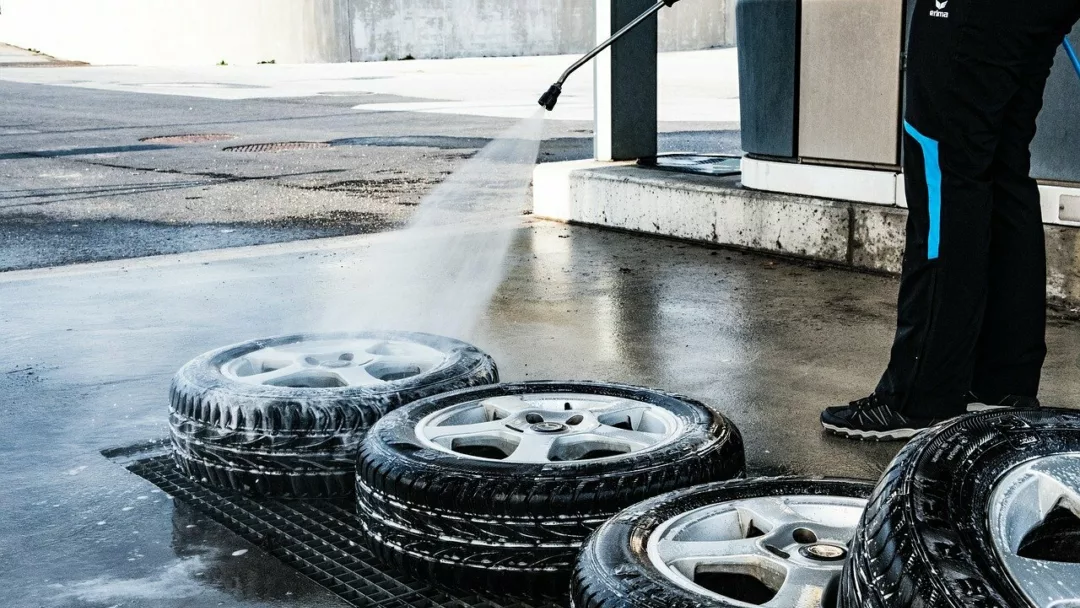
Whatever you do, don’t get caught out by having poorly maintained tyres. As a driver, you are responsible for making sure that your tyres are up to scratch and meet the legal requirements, in terms of depth, pressure and overall condition.











